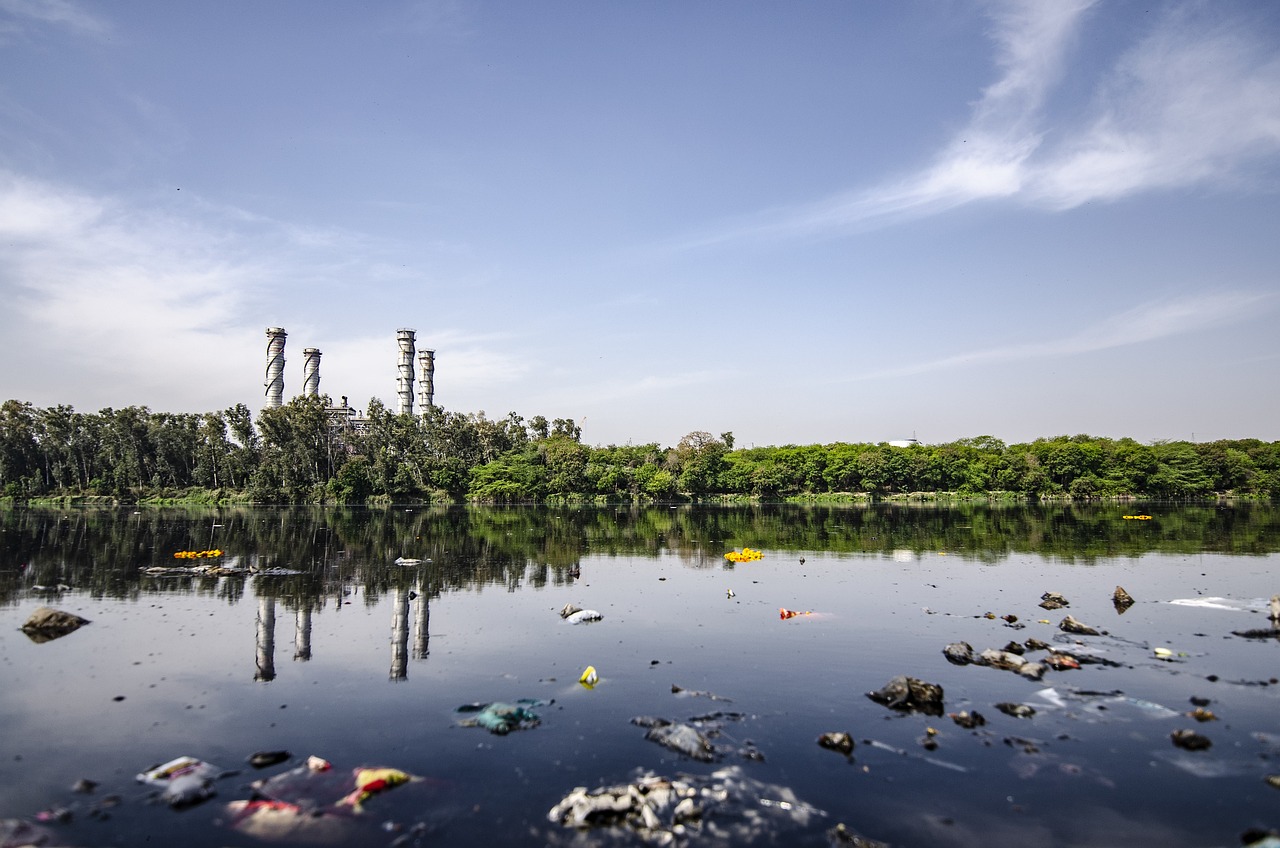Media release
From:
Environment: Future surface water pollution modelled
Up to 5.5 billion people could be affected by surface water pollution by 2100, a modelling study published in Nature Water suggests. The findings indicate that sub-Saharan Africa is predicted to become a global hotspot of surface water pollution by the end of the century.
Climate change and socio-economic development are both expected to affect water availability in the coming decades. Pollutants from different water use sectors, such as domestic, manufacturing, livestock and irrigation activities can affect water quality, and the management required to mitigate these effects is not consistent globally. Additionally, global quantitative projections of future water quality are scarce.
Edward Jones and colleagues use a high-resolution global surface water quality model to simulate water temperature, and indicators of salinity, organic and pathogen pollution for the period 2005–2100 under a range of Shared Socio-economic Pathways and Representative Concentration Pathways. They find that up to 5.5 billion people could be affected by surface water pollution by 2100, depending on the climate and socio-economic scenario and type of pollution. They suggest that the proportion of the world’s population exposed to salinity, organic and pathogen pollution by the end of the century ranges between 17–27%, 20–37% and 22–44%, respectively, with poor surface water quality disproportionately affecting people living in developing countries. The authors indicate that sub-Saharan Africa could become the new hotspot of surface water pollution globally, irrespective of future climate and socio-economic scenarios.



 International
International



